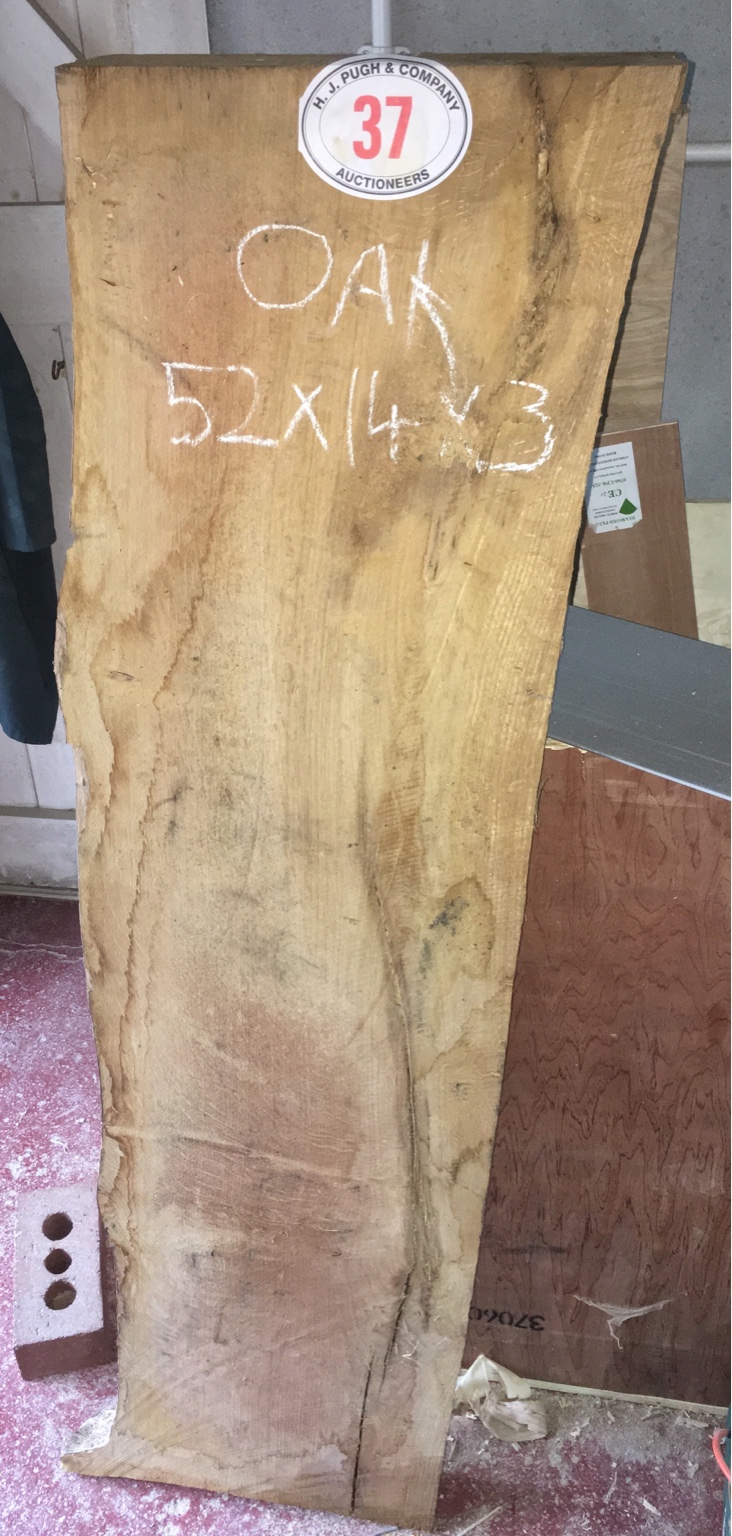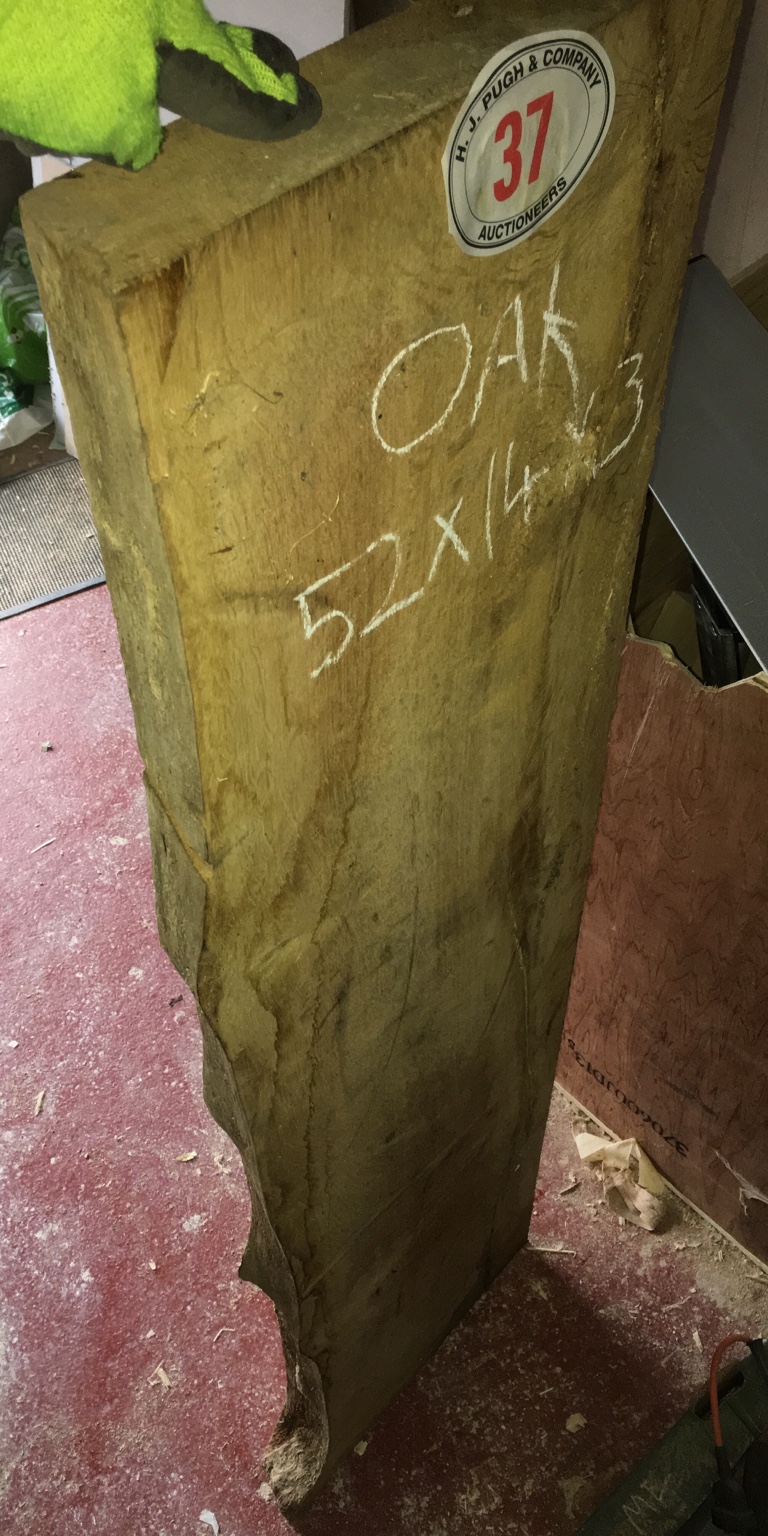Sawdust=manglitter
Established Member
Am planning to make some outdoor furniture with some 2" and 3" thk oak, but was wondering whether i should worry about drying it to a certain moisture content before working with it and particularly applying protective finish?



































